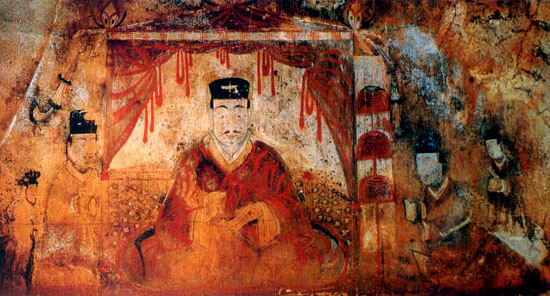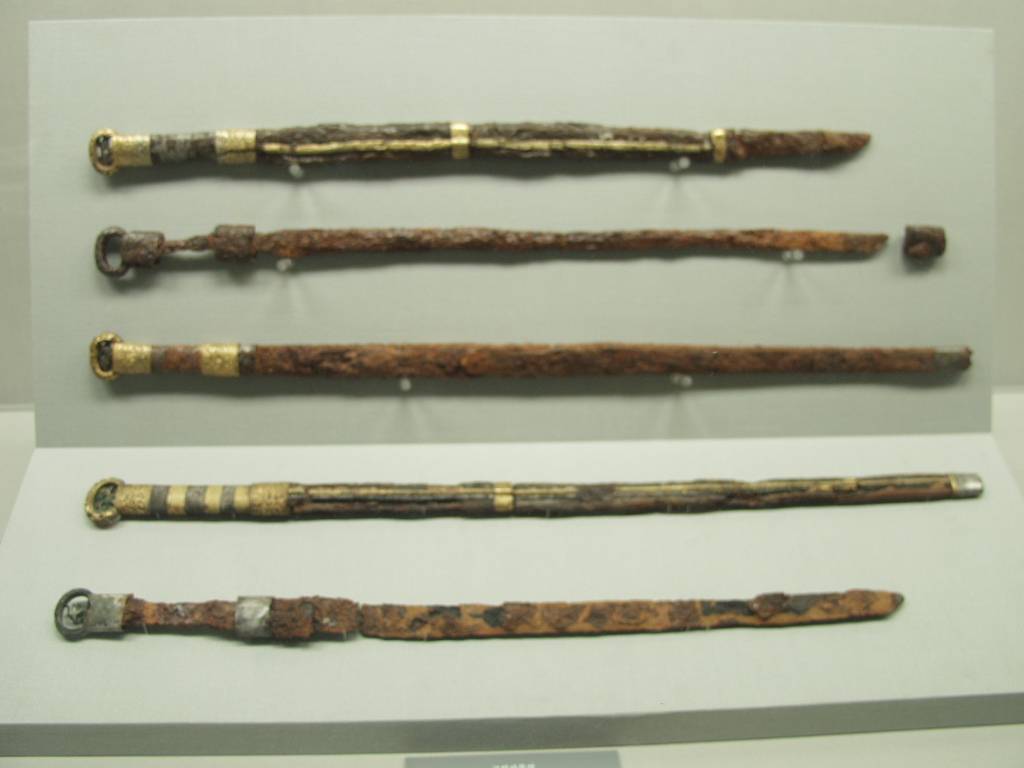Today I
would like to speak of Kofun period
Kofun is is
an era in the history of Japan from around 250 to 538
Kofun 古墳 means ‘ancient grave’. The period
is named Kofun cause its characteristic features is burial mounds.
The kofun
graves have assumed various shapes throughout history.
The most common type of kofun is known as a zempō-kōen-fun (前方後円墳, which is
shaped like a keyhole, having one square end and one circular end, when viewed from above.
The most common type of kofun is known as a zempō-kōen-fun (前方後円墳, which is
shaped like a keyhole, having one square end and one circular end, when viewed from above.
There are
also circular-typed empun 円墳, "two conjoined
rectangles" typed zempō-kōhō-fun 前方後方墳, and square-typed hōfun 方墳kofun (look at the first picture)
Also kofun
often were arranged with ditches.
Orientation
of kofun is not specified. Kofun range from several meters to over 400m long.
The largest, which has been attributed to legendary Nintoku emperor, is Daisen
kofun in Sakai City, Osaka Prefecture:
Haniwa (lit.: clay ring) figures, were arrayed above
and in the surroundings to delimit and protect the sacred areas.
Haniwa (lit.: clay ring) figures, were arrayed above
and in the surroundings to delimit and protect the sacred areas.
Also there is a thought that haniwa could be substitutes of human
sacrifice. This thought is based on a legend of Kojiki/Nihon shoki describing
the rule of legendary emperor emperor
Suinin 垂仁天皇 who set practices of haniwa instead of burial of servants and slaves.
Kofun is obviously Korean influence. Burial mounds of
Japan are just development of those of Goguryeo.
it is especially
well seen in mural paint:
Kofun:
Things
found in Kofun sites are obviously of Korean origin:
Swords:
personal armor













0 件のコメント:
コメントを投稿